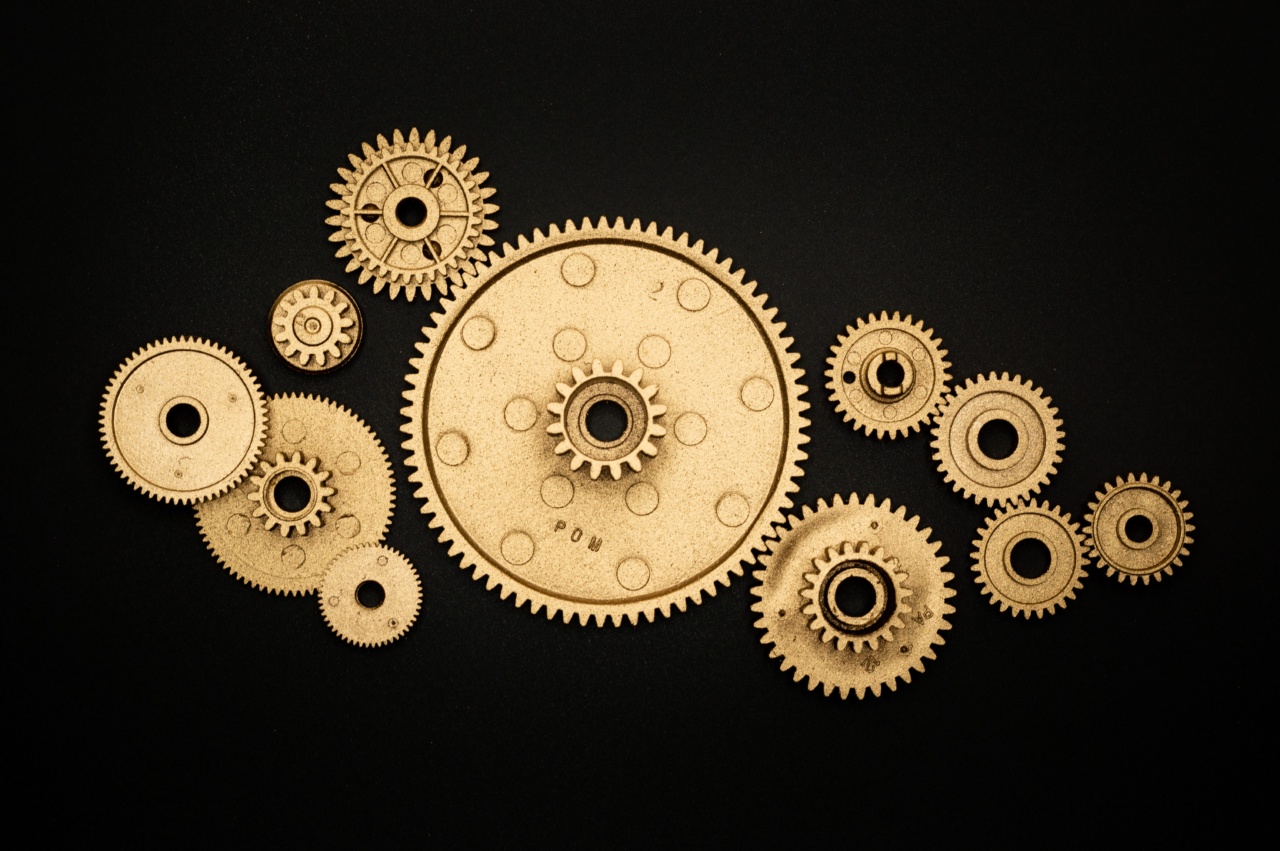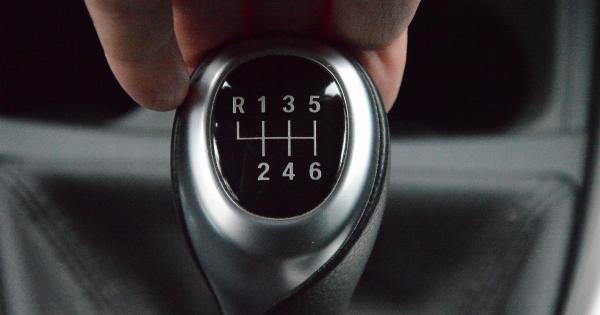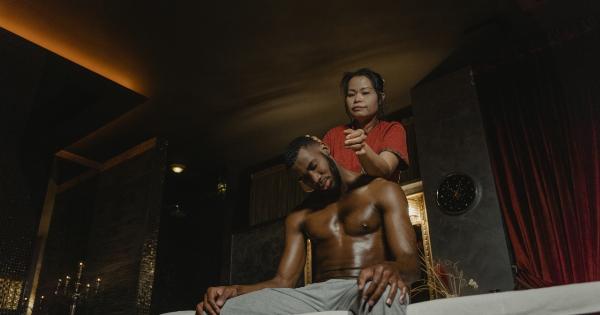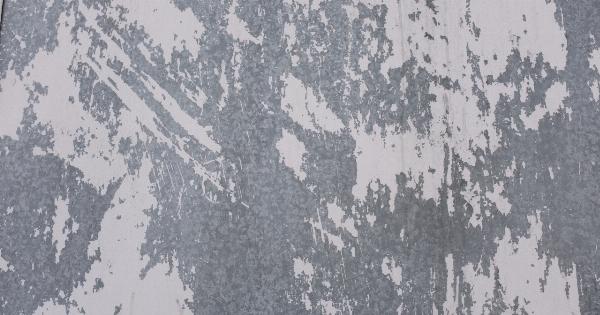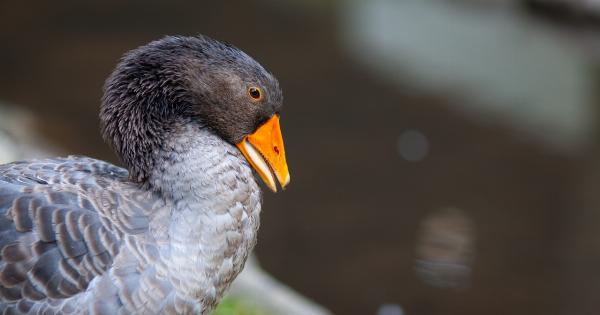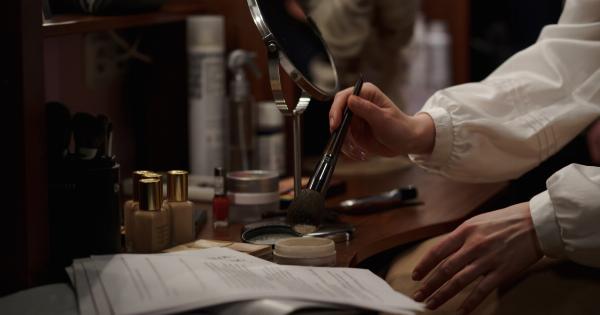Lice are tiny insects that infest the hair and scalp of humans. They are both annoying and embarrassing, and can spread easily from person to person.
Understanding how lice are transmitted and how to eliminate them permanently is crucial for maintaining good personal hygiene and preventing further infestations.
Transmission of Lice
Lice are primarily spread through direct hair-to-hair contact. When two people’s heads come into close contact, lice can crawl from one person’s hair to the other.
This is why lice infestations are particularly common among children who often play closely together. Sharing personal items, such as hats, combs, or hairbrushes, can also facilitate lice transmission.
Contrary to popular belief, lice cannot jump or fly. They depend on human contact to spread, and they are unable to survive for long periods of time away from the scalp.
Nonetheless, it is essential to take precautionary measures to avoid lice infestation.
Preventing Lice Infestations
To prevent lice infestations, it is important to follow these guidelines:.
1. Avoid Head-to-Head Contact
Avoiding direct head contact with individuals who have known or suspected lice infestations is the first step in prevention.
Encourage children to maintain some distance during playtime and avoid sharing personal items that come into contact with the head.
2. Educate Children and Parents
Teaching children about lice transmission and the importance of personal hygiene can help prevent infestations. Parents must also be aware of the risks and the necessary precautions to maintain a lice-free environment.
3. Regularly Check for Lice
Perform routine checks of your hair and your child’s hair. Look for live lice or nits (lice eggs) attached to individual strands of hair near the scalp.
Early detection can prevent the infestation from spreading to others and make elimination easier.
4. Avoid Sharing Personal Items
Avoid sharing hats, combs, brushes, hair accessories, and other personal items that come into contact with the head. Lice can easily transfer from one person to another through these items.
5. Launder and Dry Infested Items
If someone in your household has lice, it is essential to wash and dry all their recently used bedding, clothing, and stuffed animals. The high heat of the dryer can effectively kill both lice and their eggs.
Permanent Elimination of Lice
When someone becomes infested with lice, it is crucial to take immediate action to eliminate the infestation completely. Here are some steps to permanently get rid of lice:.
1. Over-the-Counter Treatment Products
There are several over-the-counter (OTC) treatment products available, such as shampoos and lotions, specifically formulated to kill lice. Follow the instructions carefully and repeat the treatment as recommended to ensure complete elimination.
2. Manual Removal of Lice and Nits
Using a fine-toothed comb specially designed for lice removal, carefully comb through the hair section by section. Dampening the hair with conditioner can make combing easier. This method helps remove both live lice and nits.
3. Prescription Medications
If OTC treatments fail, your healthcare provider may prescribe stronger medications, such as benzyl alcohol lotion, malathion lotion, or ivermectin lotion, to eliminate the infestation.
These prescription treatments are more potent and should only be used under medical supervision.
4. Household Cleaning
Thoroughly clean your house by vacuuming upholstered furniture, rugs, and carpets. Soak combs, brushes, and hair accessories in hot water (at least 130°F) for 5-10 minutes.
Seal infested items, such as pillows or stuffed animals, in a plastic bag for two weeks to suffocate any remaining lice.
5. Inform Close Contacts
If you or your child have lice, it is important to inform close contacts, such as classmates, friends, or family members, to ensure early detection and treatment if necessary.
6. Follow-Up Checks
Even after successfully eliminating lice, perform follow-up checks regularly to confirm that the infestation is fully eradicated. This will help catch any potential re-infestations early on and prevent further transmission.
Conclusion
Lice infestations can be bothersome, but with proper knowledge and prompt action, they can be eliminated permanently.
By understanding how lice are transmitted and taking preventive measures, such as avoiding head-to-head contact and not sharing personal items, you can significantly reduce the risk of infestation. If an infestation does occur, prompt treatment and thorough cleaning of the environment are key to permanent elimination. Stay vigilant, inform close contacts, and follow up with regular checks to ensure a lice-free future.
